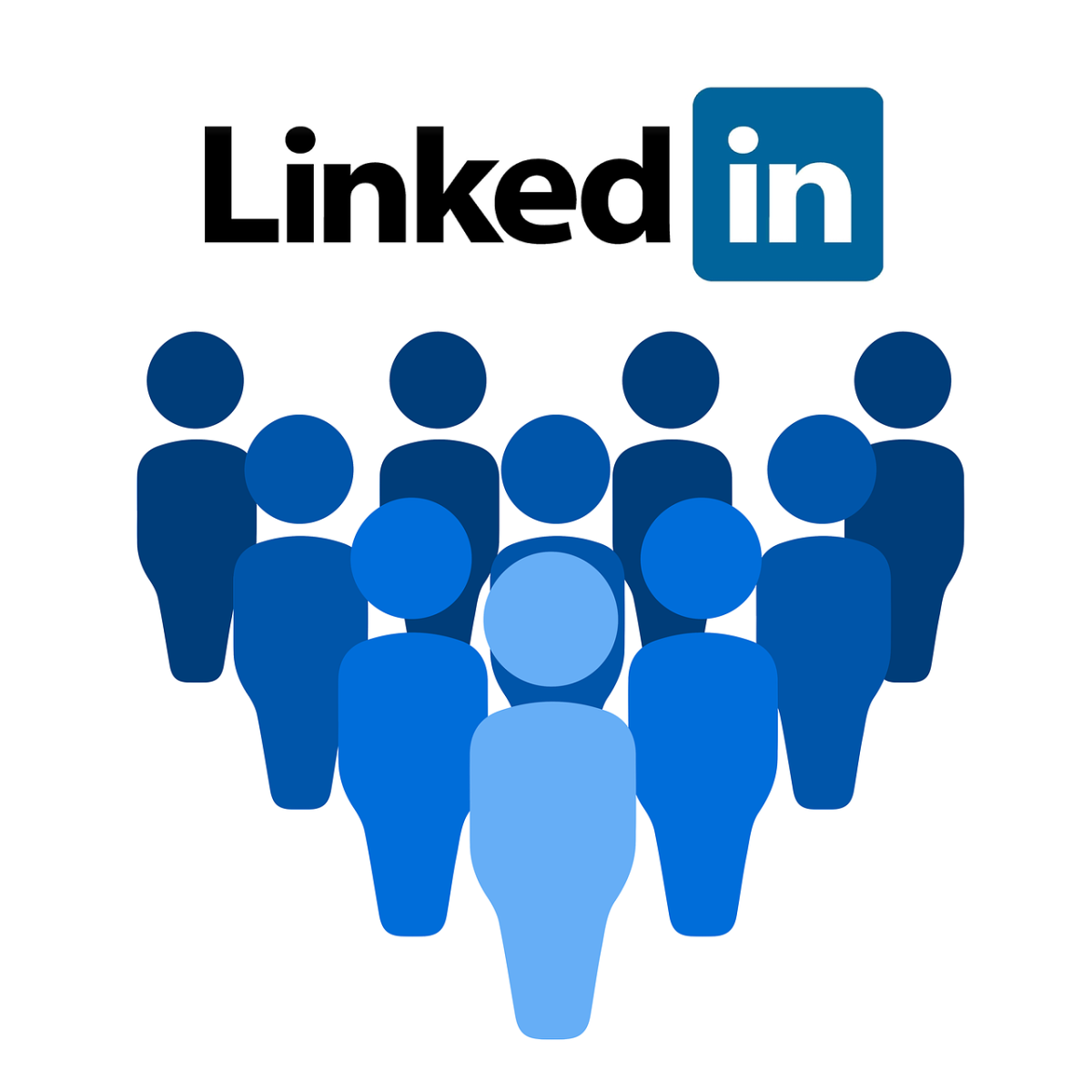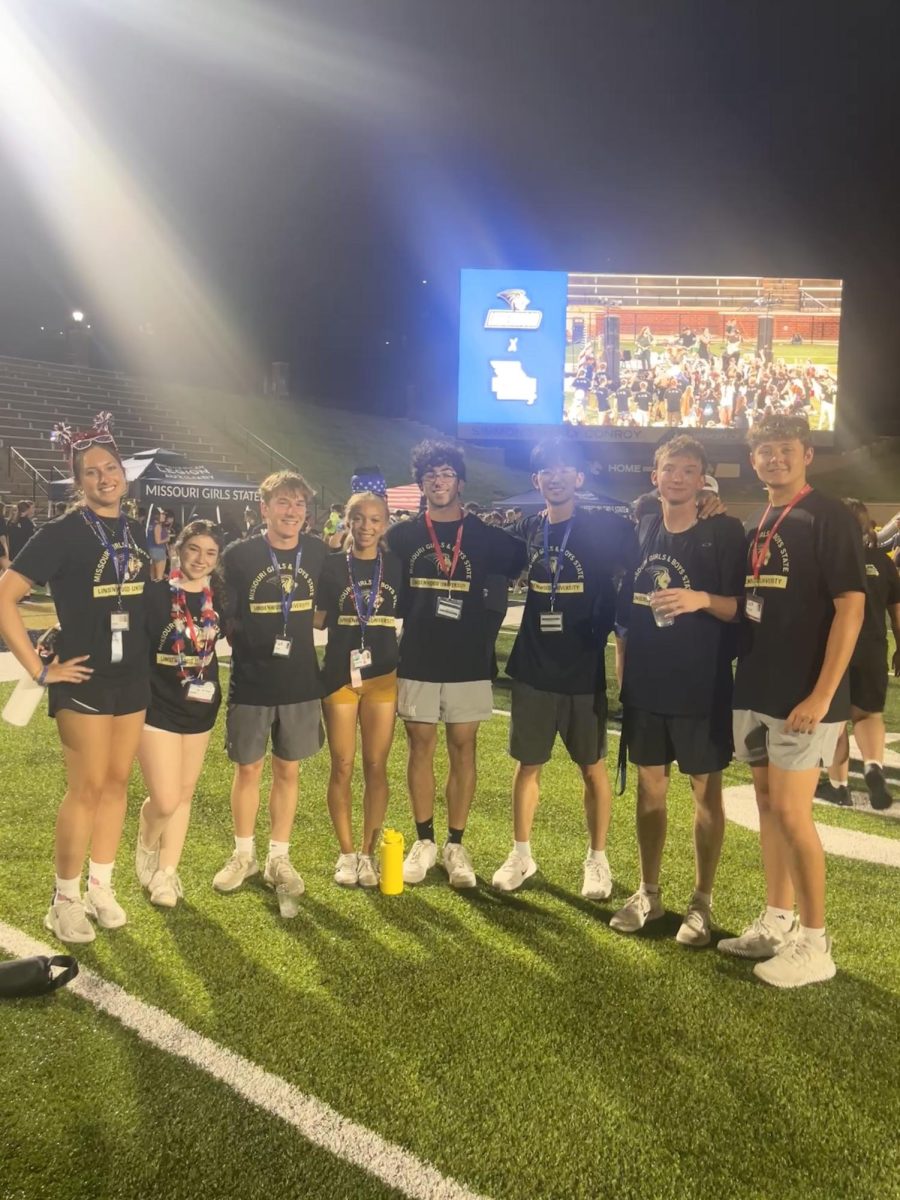School setting isn’t considered professional – some people would even deem it “unserious”. It’s hard to imagine the people wearing pajama pants with a bubblr in hand branding themselves as “aspiring entrepreneur” or “passionate business scholar”. However, there is such a website that turns on this professional filter on everyone, and that website is gaining popularity among teenagers today.
Linkedin, an online platform focused on business and employment, largely owned by Microsoft, is one of the most used websites by job seekers in recent years. It allows users to post, build their profile, connect with people, search for job openings, message and play daily games. Gen Z, meanwhile, is the fastest growing demographic on Linkedin, contributing to 42% increase in content posted on the website from 2021 to 2023. At Parkway Central, junior Shreya Sadhale confirmed this trend on her Linkedin page, especially among juniors and seniors in high school.
“When I asked to connect with people, there were so many people that I didn’t even know had LinkedIn. There were an insane amount of people,” Sadhale said. “I think that it is like growing in popularity, especially as we get older, there are more opportunities and more focus on careers.”
Sadhale is currently enrolled in Parkway’s business learning program Spark! Technology Solution. Her class required her to build a profile for micro-internship. She believed building this profile on Linkedin is helpful to her personally.
“People who are going to hire us for the internship can see our credentials,” Sadhale said. “I think it is helpful in real life, because it’s a way for people to find you, learn more about your career and your experiences and see if that’s someone that they want to hire.”
Besides internship in class, Linkedin’s several other functions also made it appealing to teenagers. Jay Grosman, the founder and CEO of iAutoAgent.com, similar to real estate agents for cars, and Elevating Business Solutions, a consulting business, explained that the business world today relies on connections. Linkedin provides a critical opportunity for students to connect with professionals in the field.
“With technology, we’re connecting virtually instead of face-to-face,” Grosman wrote in an email interview. “It’s about who you know, not just what you know. LinkedIn allows rapid, scalable connections. Once you’ve built trust, it opens doors to even more opportunities.”
These online connections are especially beneficial to teenagers, many of whom are looking for a job while balancing school work. Linkedin is a place to secure a job online, according to Spark! program director Drew McAllister.
“I’ve met young people who have found job opportunities as remote workers,” McAllister wrote in an email interview. “It makes sense that employers or individuals looking to hire remote resources will look for online evidence of a person’s skills, and LinkedIn can be a great place to showcase those.”
Employers aren’t the only people impressed by students’ profiles – other students can be aware of the professional aspect of their peers as well. Sadhale said other’s Linkedin leads her to activities that might interest her.
“If you’re having experience and want everyone to know, or you want to give tips on how to work, people will post that on LinkedIn,” Sadhale said. “I use it to see what other people have done, so I can get ideas or inspiration for things.”
Linkedin is intended to be a social media platform – with a professional twist. According to the Linkedin tema, even the games on the websites are made for “reignite relationships at work simply by having fun together”. With that, it attracts a different group of people to post or share content compared to other socials teenagers are familiar with.
“One big difference between a LinkedIn presence and one on X, Instagram, or other social networks is the assumption of a professional voice and level of contribution,” McAllister wrote. “Because LinkedIn members actively evaluate future hires based on information from the site, the stakes are much higher when someone decides to post, comment, or connect.”
The high stake to post filtered lots of negative and vulgar content on the platform. Speaking both as an educator and a parent, Matthew Wall, Spark! program director, believed social media is not an overall positive experience for teenagers. Linkedin, however, contains less hateful messages and can benefit the teenagers.
“Most people try to put their best self out there professionally,” Wall wrote in an email interview. “It’s always advantageous for teenagers to get exposure to a professional environment and seeing the work and the way people communicate on LinkedIn helps prepare them for communicating professionally themselves.”
As students step into the adult world, Linkedin becomes much more than a trendy thing to jump on to. Wall acknowledged in the hiring world today, recruiters and employees both use the platform strategically for their career.
“I know that companies are using it to scout for job candidates who have a particular set of skills or a certain amount of experience,” Wall wrote. “Professionals on LinkedIn are aware of this and will often become more active on the site when they’re considering a career change or move.”
As people’s lives become increasingly more dependent on technology, Grosman believed Linkedin’s importance will only grow. Grosman himself started his career in exotic cars by making connections on Linkedin when he moved to Los Angeles. For Gen Z- ers, joining the platform at an early age can potentially secure a future career.
“They understand that without a LinkedIn presence, they might fall behind,” Grosman wrote. “[Linkedin allows] teens to highlight their talents and stand out before even entering an [job] interview.”
Linkedin’s unique environment and niche in real-world application attracted various young users, for the novelty of a different feel of social media and paving the way for their future. McAllister suggested that Linkedin is a useful tool that students need to learn to use.
“I’d highly recommend students interested in LinkedIn ask professionals who are using the tool how they leverage it to learn and grow their networks,” McAllister wrote. “Check in with students who have received coaching on LinkedIn from their CTE teachers or Spark! program directors. Familiarize yourself with why people use it, and prepare to create an account that will help move your career forward as you progress into college and beyond.”





